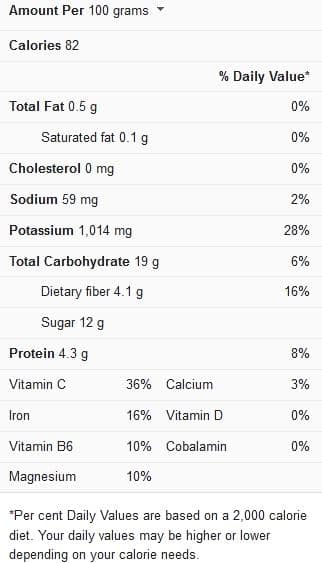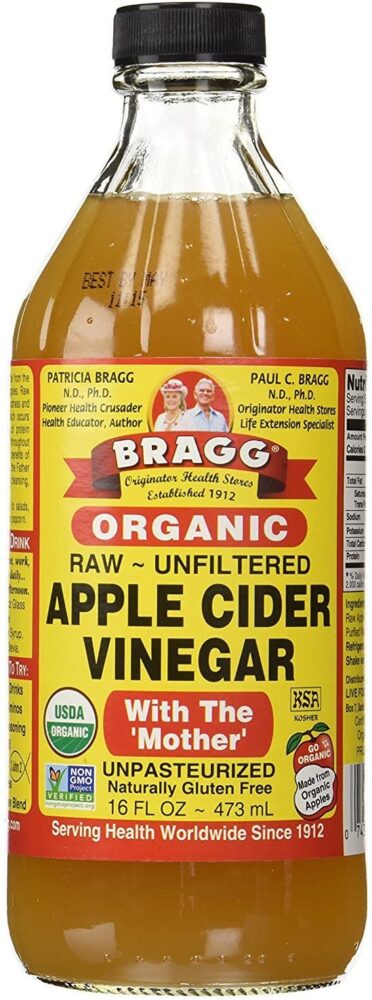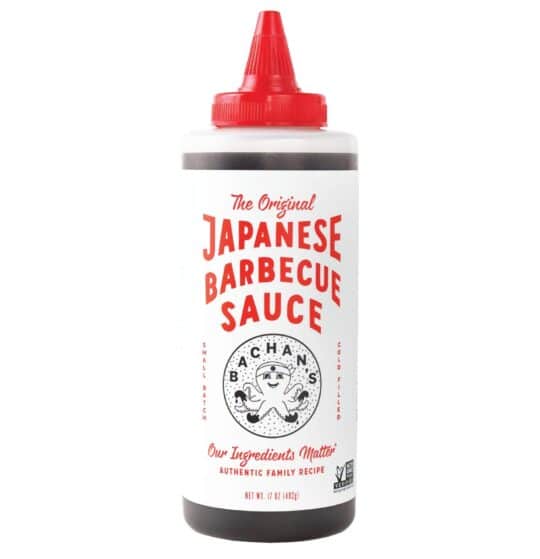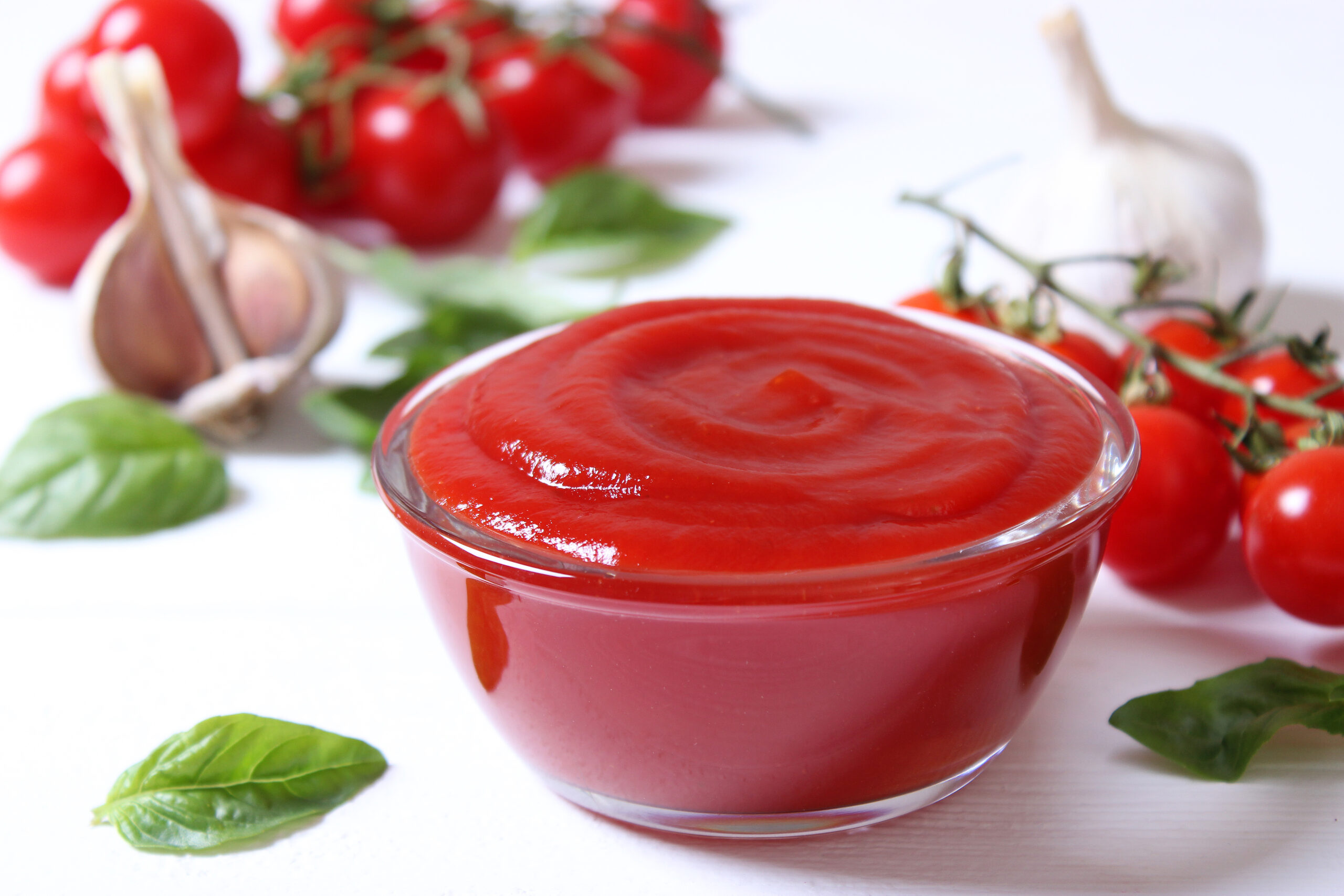It’s rare finding anyone who doesn’t like ketchup. And why wouldn’t they, when it has been etched in our lifestyle in one way or another? Whether it’s a barbecue hangout, a morning breakfast sandwich, or some fast food-style French fries, we always have ketchup in our meals. And for some die-hard fans of the condiment, it also features tons of recipes and dishes, some of which can be considered classic.
But what about when you’ve emptied your stock? Do you call the whole thing off and live through a period of zero ketchup in your pantry until you can hit the grocery store? No, you don’t, and why should you? Instead, pick a tin of tomato paste and make yourself a decent and almost indistinguishable ketchup substitute. But to know how this can be accomplished, you first need to learn what makes ketchup so popular.
Tomato paste nutrition facts

What’s in ketchup?
Ketchup is known for its blend of sweet and tangy flavors, and the reason lies in its key ingredients. The condiment contains sugar, spices, and seasonings besides the primary elements, tomatoes and vinegar. The sugar contributes the sweet flavor, while the vinegar keeps the condiment lasting longer and lends its tang. And the spices may vary, but most times, onions, cloves, allspice, cumin, garlic, coriander, and mustard are commonly used and may also contain cinnamon, ginger, and celery.
Ketchup originates from the U.K. and, back then, came in different forms. While today, the term ‘ketchup’ refers to the condiment made with tomatoes, early versions were prepared from mushrooms or walnuts, and these versions were further mixed with shallots to give a unique flavor. And mushroom ketchup was used in the U.K. as far back as the 16th century and was introduced to the U.S. around the late 1700s.
Ketchup is available in the classic sweet and savory tomato flavor, but you’ll also find spicy variations in the market. It’s also commonly sold and is quite affordable, which explains why it’s such a commonly included ingredient in tons of recipes. Its fun flavor profile blends in almost anything, and the sweet and tangy combo it provides works in dishes such as
- Pan-fried chicken
- Cocktail meatballs
- Meatloaf
- Latke Reubens
- Franks and beans
- Instant-pot braised brisket
- Pad Thai
- Sauces
- Dips
- Toppings
- Crab Louie salad lettuce cups
- Glazes
- Baby back ribs
- Country boil
- Chicken Katsu
- Zapiekanka
- Sloppy Joes
- Campechana Extra
- Slow cooker beans
- Hamburgers
- Sandwiches
- BBQ pork ribs
- Singaporean chili crab
- Spare ribs
- Baked beans
- Dressings
- Caramelized chicken
- BBQ chicken legs
Swapping tomato paste for ketchup
When using tomato paste to make a substitute for ketchup, the goal is first to decide how tangy you want the replacement. Tomato paste is mostly bland in flavor but still gives a bit of sourness when tasted. As such, you’ll need ingredients that’ll add that sour kick and pull it towards a tasty flavor as well. The primary element for this need is vinegar, while spices, seasonings, and salt can help in other aspects.
You also want it to reach a specific sweetness, viscosity, and hue. Sweeteners like sugar, corn syrup, or maple syrup can help with the sweet taste, while vinegar helps thin the tomato paste to the desired consistency. And with the right measurement of the ingredients, you can turn a tin of tomato paste into a bowl of ketchup in a little time.
Making a ketchup substitute with tomato paste is quite easy. You’ll find the recipe list for this mixture below;
- One can of tomato paste (6 oz.)
- 1¼ cups water
- Five tablespoons brown sugar
- Two tablespoons white vinegar
- One tablespoon corn syrup
- One teaspoon onion powder
- One teaspoon molasses
- One teaspoon garlic powder
- One teaspoon salt
- ¼ teaspoon allspice
Once you’ve gathered all these ingredients, combine them in a saucepan and place the pot on a stovetop. Lower the heat, so the mixture simmers for 45 minutes to one hour, depending on how you want its consistency. You can also adjust the salt to your taste before serving.
If the ketchup is meant for cooking, you won’t be bothered about the sweetness to tang ratio. At most, your aim would be its consistency and tomato flavor. As such, you can consider combining one cup tomato sauce with half a cup sugar and two tablespoons of vinegar. Then, cook the mixture to the desired thickness, and you’re good to go.
Other substitutes for ketchup
You may also find making a batch of homemade ketchup too messy or prefer a quicker solution you don’t have to whip up yourself. In this case, here are other substitutes to try in your recipe, in place of ketchup.
Tomato sauce
While tomato sauce has a thinner consistency than ketchup, it’ll still lend a rich dose of tomato flavor to your recipe. It works perfectly for sauces and soups that call for ketchup. Of course, you have to mind the difference in thickness and use it to discretion so the recipe doesn’t go off. You won’t also get a similar sweetness, but it works in savory dishes.
Tomato paste
This option is also great for cooked dishes and will offer a combination of sweetness and tomato flavor to your cooking. But this is best noticed when used in small quantities, so only consider it in a pinch for replacing ketchup. Tomato paste is great in tomato-based recipes like chili, but it’ll also perform decently in other cases as well. You may have to dilute the consistency with vinegar and increase the sweetness with a little maple syrup, Worcestershire sauce, or honey.
Apple cider vinegar
If you’re chasing the vinegary tang of ketchup and don’t care for its tomato taste and color, then vinegar is your next bet. And apple cider vinegar is the best consideration, as it offers you a good dose of tang without overpowering the dish. It’s perfect when the consistency and texture don’t matter, like dressings and marinades. And you can measure the quantity to suit your preference.
Barbecue sauce
If you’re looking for a direct replacement for ketchup in toppings and dips, then barbecue sauce works perfectly. Most varieties of this condiment ketchup as their base, so you’ll get hints of tomato flavor from the ingredient. It helps to check your selected barbecue sauce’s flavor profile to ensure it fits into your dish. Its color is also deeper, and sometimes, you may notice a heavy dose of smoky flavor in the mix, but it still works.
Salsa
You can also consider salsa as a replacement for ketchup. It works as a topping for eggs, pizzas, burgers, sandwiches, and hotdogs. It offers a smooth consistency when blended, resembling ketchup, and is a great alternative if you’re looking to cut back on the sweetness. Salsa also has a rich tomato base and is considered a healthy alternative for ketchup, and the Roja variety is best for this purpose.
Frequently asked questions (FAQs)
Which is correct, ketchup and catsup?
Both are correct terms for the condiment. The term ‘ketchup’ was first used around 1711 to refer to a fish sauce from Malaysia or China called kecap, and the word wasn’t used to describe the tomato-based ketchup of today until the early 1800s. Catsup was first mentioned in a poem in 1730 and described the condiment for North America. And though it’s generally called ketchup today, others still know it as catsup, and they mean the same thing.
What’s the substitution for one cup of ketchup?
You can use one cup tomato sauce plus two tablespoons of vinegar and a half cup of sugar for every cup of ketchup called. But note that this substitution works best for cooking.
What’s the best substitute for ketchup?
The best substitute for ketchup depends on what you prefer. As many ketchup varieties are available, so are the ways you can make a substitute. And if the options suggested above don’t meet your fancy, you can always try another. Check this formula; ¼ cup tomato paste plus one tablespoon apple cider vinegar, ½ tablespoon honey, ½ teaspoon kosher salt, and ¼ teaspoons garlic powder and paprika (sweet or smoked).
Conclusion
You don’t have to quit that recipe because it calls for ketchup, and you don’t have some. Grab a tin of tomato paste and make a tasty replacement right there in your kitchen. This recipe gives you flexibility, allowing you to decide how sweet, salty, or tangy your ketchup comes out. And with it, you can always decide how versatile you want your dishes, making every cooking experience memorable.






